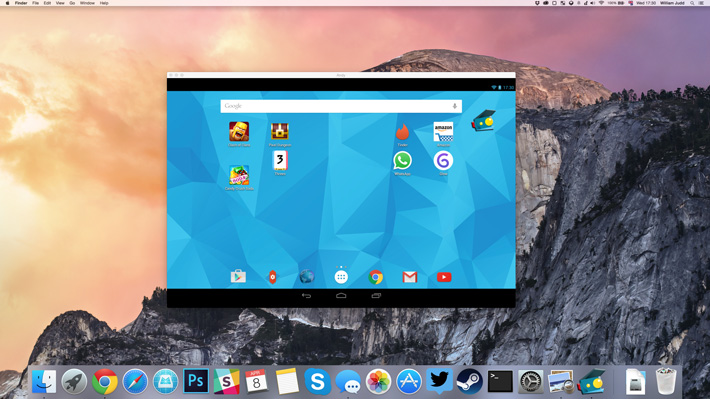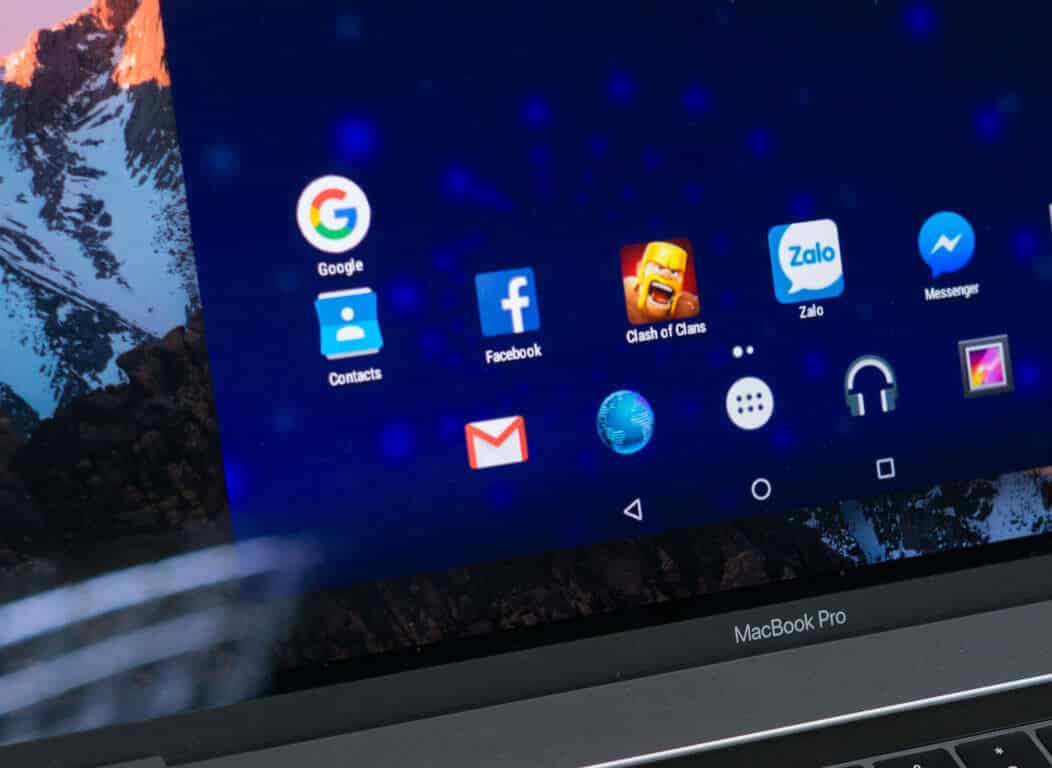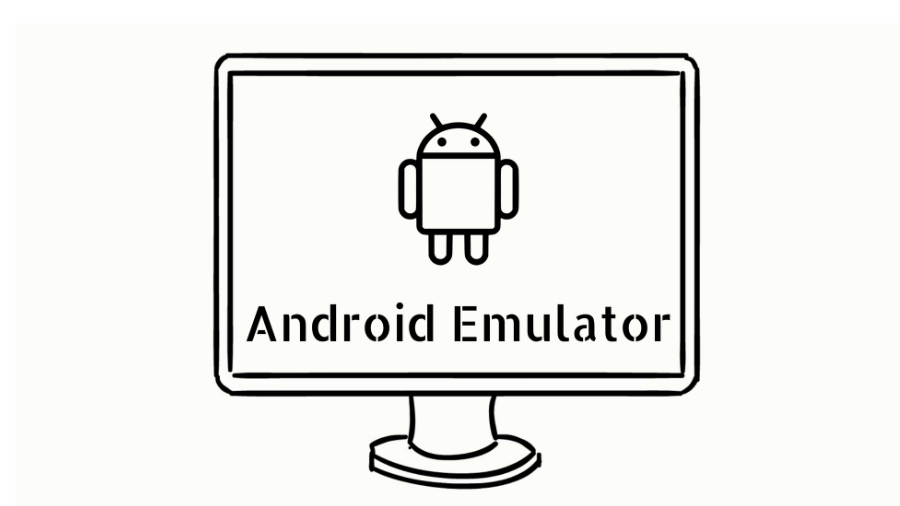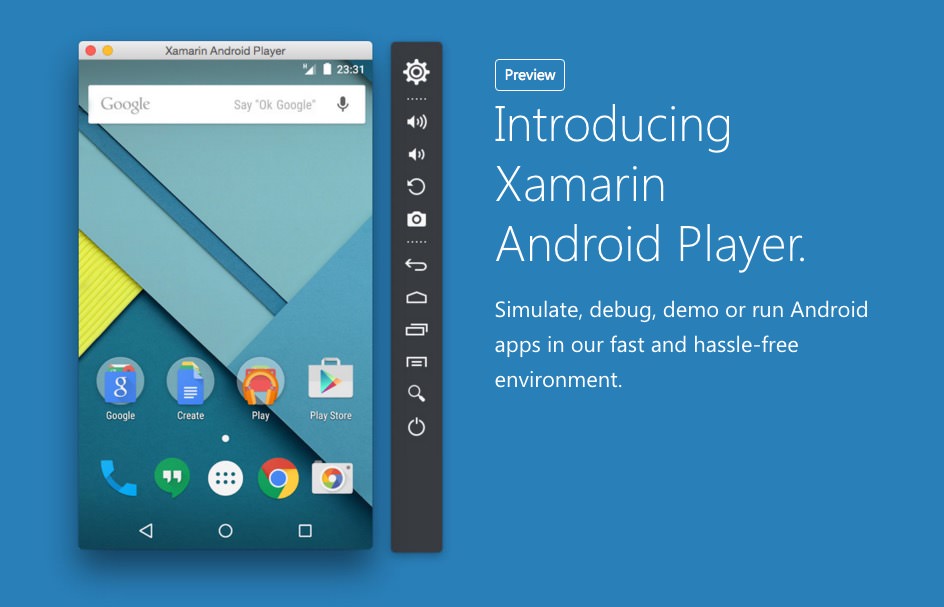Mac Run Android Emulator
- Run Android Emulator On Mac
- Mac Os Android Simulator
- Mac Run Android Emulator Crashing Mac
- Mac Run Android Emulator In Android Studio
I have been working on an android project, I am using android studio on my iMACSoftware OS X 10.9.5, Graphics Intel HD Graphics 5000 1024 MB, Processor 1.4 GHz Intel Core i5. When i try to open my application on an android emulator it get this error- emulator: ERROR: x86 emulation currently requires hardware acceleration! Is there any possible way I can run an Android emulator on my Mac Book Pro with M1 chip as of now? I tried iMazing but the specific app I want to launch with it simply will not. All other emulators like BlueStacks, Nox Player, KO Player will also not run/install.
With the BlueStacks app, you can run android games and apps on your computer.
Play PuBG, Fortnite, and other mobile games on your PC.
Bluestacks Download on Mac. The latest version of Bluestacks is also available on Mac devices. It is a helpful service for users who love to connect. The Android emulator can run effectively on Mac devices. The Bluestacks application works with all popular Android apps. The Mac devices are very capable of running lightweight Android apps. The leading Android Emulator, BlueStacks 1 was initially launched for Windows PC. However, later on BlueStacks for MacBook came into existence. With such a dynamic emulator like BlueStacks at your disposal, you can enjoy downloading Play Store applications and games right from the Play Store in your PC.
Content Summary
How to Download BlueStacks Player:
- Choose a link above and click to download BlueStacks onto your PC or Mac
- Locate the download and click to begin installing it
- Click on Agree to Terms and Conditions and click Install
- Pick Online to install in a few minutes or Offline for a longer installation time
- Wait for BlueStacks to be installed and then you can use it
How to Use BlueStacks Player:
- Click on Start and BlueStacks will open can start setting up – be patient, it could take a few minutes or more
- When the BlueStacks home screen appears you will see that some apps, including the Google Play Store, are already installed
- Click Play Store and use an existing Google account to set your account up, or choose to set up a new one
- Follow the directions on the screen to finish the setup – you can forget this part and still install APK files if you want
- When the process is complete, you will see some options on the right side of BlueStacks, including installing and transferring files
BlueStacks Features:
BlueStacks has many features to enhance your user experience:

- Fast, Smooth Gameplay – BlueStacks is one of the quickest and smoothest emulators, and all the performance settings can be customized to your taste. You can even set how much RAM and the number of CPUs to use – for normal gameplay; it’s recommended to choose two CPUs and 1.5 GB RAM
- Compatibility with External Controllers – many Android devices don’t support third-party controllers or, if they do, only specific ones. They are much easier to use than touchscreens for games and BlueStacks supports all third-party controllers
- Device Emulation – Your device is fully emulated, and that includes your phone number, your IMEI number, your device model, and lots of other features specific to your Android device.
- Root Access – SuperUser roots the player right from the start so you can have easy access to all the files on your computer
Frequently Asked Questions:
These are the answers to the common BlueStacks questions:
- What is Bluestacks?
BlueStacks is an android emulator that allows you to download and run Android mobile games and apps on your computer running Microsoft Windows or Apple’s Mac operating system. Bluestacks emulates the Android OS on your computer, creating a virtual mobile device.
- How Safe is Bluestacks?
BlueStacks is reliable and safe to use. The developers have tested the app for safety and stability.
- How to Uninstall Bluestacks?
You can un-install Bluestacks from your computer just like any other app. Windows users can delete it from Settings > Contro Panel > Add/Remove Programs, and Mac users can go to Finder > Applications and delete the BlueStacks app from there.
- What are the Disadvantages of Bluestacks?
BlueStacks is relatively slower than its competitors like the Nox Player and crashes frequently or stops working sometimes on some computers.
- How do I fix Bluestacks stuck on loading?
- First, reboot your computer
- Enable virtualization on your computer, and make sure your system fulfills the minimum requirements. See this video for details.
- Free up the RAM on your computer and increase the RAM allocation for the BlueStacks app.
- Update the graphics drivers to the latest version if applicable.
- Configure your antivirus software, and check if it hinders the functioning of BlueStacks.
- How do I install bluestacks on my Mac?
Installing BlueStacks on your Mac is easy. Download the BlueStacks.dmg file from the link above, then double click the installation file and transfer it to Applications folders.
- What BlueStacks Version Do I Need to Run 32-Bit Android apps on my 32-Bit PC?
You will need to install the 32-bit version of BlueStacks
- What BlueStacks Version Do I Need to Run 64-Bit Android apps on my 64-Bit PC?
You will need to install the 64-bit version of BlueStacks. Plus, with this version, VT must be enabled on your PC.
- What is the Process for Copying PC Files to BlueStacks 4?
- Open BlueStacks and select the Library button
- Open System apps and click Media Manager
- A popup appears, saying Import Windows File to Android; find the file you want to be imported and click on Open
- Look in BlueStacks; you should see your file.
- What is PUBG Mobile Game Settings for BlueStacks?
Bluestacks Android Emulator Mac
- Playing PBBG Mobile on your PC is cool, but you need to tweak a few settings beforehand:
- Launch BlueStacks and click the Bulb icon; this opens the game guidance window.
- Click Settings, and some options appear to tweak the game graphics quality.
- In-Game Resolution can be tweaked to change the resolution in the game – a higher setting will give you better graphics but uses more in the way of system resources.
- Graphics Quality lets you set the quality of the in-game elements. If you choose HD graphics, you get a great picture, but your video graphics card will be more heavily loaded.
- Learn More lets you see information about all the different game settings.
- When you are done, click Save Changes and then restart the game
User Ratings:
Bluestacks Emulator Pc Download
4 / 5. 34
In this post, we'll go through the easiest steps to run the React Native Android apps on mac. You can go directly to each step using the following links:
This post will explain how to run the 'react-native run-android' command on mac in a very few easy steps. Before you continue reading this post please make sure that:
- You have a good understanding to mobile development and react native.
- You have Android Studio installed on your mac. If not, then you can download and install it here.
- You have any Android emulator installed and running on your machine through Android Studio AVD Manager.
- You have Visual Studio Code editor installed (or any other code editor). If not, then download it here.
Once you have all the above software and tools installed and ready, please follow the following steps in the same order.
Step 1: Build the react native app on Android Studio
The first step is building the app on Android Studio. No react native commands yet. To do so, open Android Studio, then click 'Open an existing Android Studio Project' as shown in the screenshot below:
A popup selection window will open up where you can select an Android Studio project to open. Now navigate to your React Native app project and open the Android folder inside your project directory. Once you open the Android project folder, the Android Studio will sync and build your project automatically or you can do that manually by clicking Build > Rebuild Project from the top menu.

Once your project is built, make sure that no errors or warnings show in your build window and the build result is completely successful with all icons in green as shown in the following snapshot.
Step 2: Make your Android emulator ready
Run Android Emulator On Mac
At this step, your project is built successfully on Android Studio and now it's the right time to open your Android emulator right from the Android Studio. To do so, click Tools > AVD Manager. AVD manager will list all the Android device emulators downloaded and installed on your machine as shown in the screenshot below. In this post, Nexus 6 is used. Click the green play button on the right to run your emulator.

Once your virtual device is fired up, you should see something like the following screenshot.
Mac Os Android Simulator
If you have successfully opened your Android device emulator as shown in the screenshot above then it's time to move to the next step.

Step 3: Run your React Native app with 'react-native run-android' command
The last and final step is to run your React Native app in the opened Android emulator. To do so, open Visual Studio Code (or your preferred code editor) then click 'Open Folder' and open the root directory of your React Native app (not the Android directory). Then, click View > Integrated Terminal to be able to run commands in the integrated terminal inside Visual Studio Code. You can run commands in any external terminal but for the purpose of this post, we are going to use the integrated terminal.

Once the integrated terminal is opened, you can start writing the 'react-native run-android' command. This command will start building your app using the installed Gradle compiler shipped with the Android Studio then run the Metro bundler to bundle your app and execute the app on the emulator as shown in the following screenshots.
Mac Run Android Emulator Crashing Mac
And finally your app will open on the Android emulator as shown below.
Mac Run Android Emulator In Android Studio
The key trick
Running React Native apps on Android is different from running the iOS ones. On iOS, it's even easier by just running 'react-native run-ios' on the terminal and that will automatically invoke your default iOS simulator which is not the case on Android. On Android, you have to build your Android project first on Android Studio, then make your emulator ready then running the 'react-native run-android' command comes in the last step.
I hope that you have followed the same steps in the same order without any issues and everything went smooth enough. However, if you found any issues in any step, feel free to share your findings in the comments and I will be happy helping.